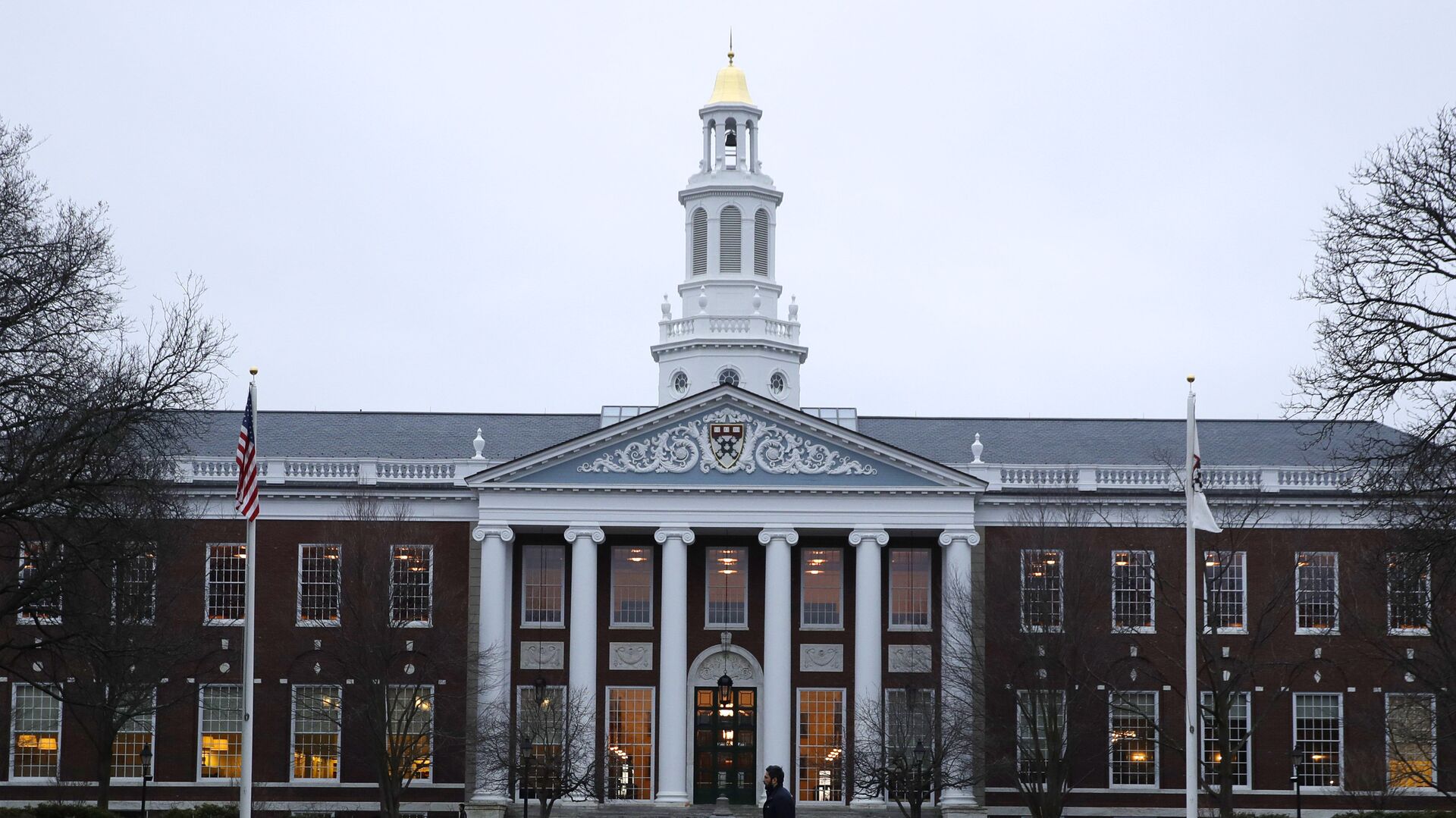Biden to Forgive Student Loan Debt for 40,000 People, Ease Forgiveness Path for 3.6 Million
23:37 GMT 19.04.2022 (Updated: 13:29 GMT 06.08.2022)

© AP Photo / Charles Krupa
Subscribe
While the Biden administration was happy to let most other pandemic-era aid programs expire, such as the eviction moratorium, it has faced heavy pressure to maintain the pause on student loan payments, which it recently extended until August 31.
On Tuesday, the US Department of Education (DOE) announced major changes to its student loan repayment programs designed to address what it described as “longstanding failures.”
The program will provide immediate forgiveness for some 40,000 borrowers and give another 3.6 million borrowers at least three years of additional credit toward income-driven repayment forgiveness, which can take a total of 20 to 25 years of payments.
“Student loans were never meant to be a life sentence, but it’s certainly felt that way for borrowers locked out of debt relief they’re eligible for,” US Secretary of Education Miguel Cardona said in a news release.
“Today, the Department of Education will begin to remedy years of administrative failures that effectively denied the promise of loan forgiveness to certain borrowers enrolled in IDR plans. These actions once again demonstrate the Biden-Harris administration’s commitment to delivering meaningful debt relief and ensuring federal student loan programs are administered fairly and effectively.”
The changes follow an NPR investigation published two weeks ago that found inconsistencies in how the DOE treated and tracked payments made through income-driven repayment plans. As a result, although some 4.4 million borrowers had been repaying their debts for at least 20 years, just 32 had actually seen their debts canceled as they were supposed to be.
According to information collected by the Education Data Initiative, some 43.4 million Americans have debt from loans used to pay for their college education, with the average federal student loan balance being $37,113. Overall, the outstanding Federal Loan Portfolio is more than $1.61 trillion.
At the onset of the COVID-19 pandemic in March 2020, the Trump administration froze payments on student loans to offset the deep economic crisis created by lockdowns implemented to control the spread of the virus. The pause has been extended periodically since then, with the most recent extension coming earlier this month, when US President Joe Biden extended it to August 31, 2022.
However, he’s also faced increasing pressure to forgive all or some of that vast debt. During his campaign for the 2020 US presidential election, Biden said the US "should forgive a minimum of $10,000/person of federal student loans," accusing the Trump administration and Republican lawmakers of attempting "to put corporate bailouts ahead of families" in the first pandemic relief bill in late March 2020. That’s why when in February, White House spokeswoman Jen Psaki told a reporter that "a smooth transition back into repayment is a high priority for the administration," many were dismayed.
Appearing on the popular liberal podcast Pod Save America last week, Psaki said that “between now and August 31, it's either going to be extended again or we're going to make a decision” about canceling the debt.
According to a December 2021 report by the New York-based Roosevelt Institute think tank, “if the Biden administration chooses to resume collection on student loan payments, approximately $7.12 billion a month and $85.48 billion annually will be stripped from 18,125,800 student loan borrowers’ budgets.”
“Based on our analysis, we recommend that the Biden administration should take the lessons learned from the student loan payment pause and implement a full cancellation of student debt via executive order. Cancellation has the potential to add $173.83 billion (in 2020 dollars) to the nation’s GDP the first year after implementation - and billions more over time,” the think tank added.
